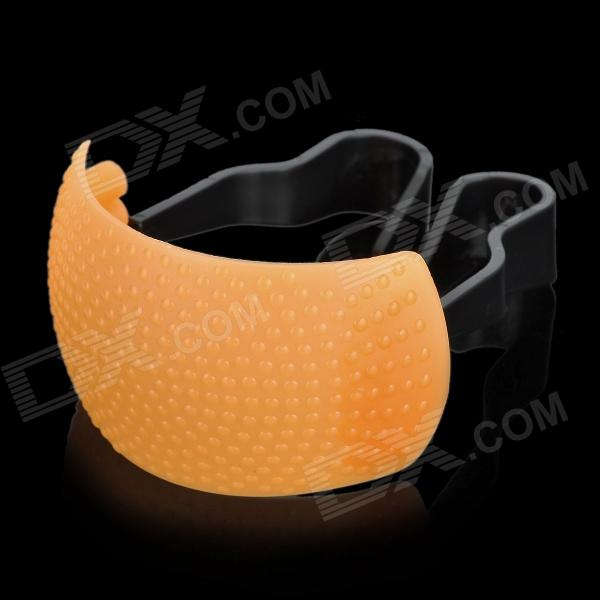I have been offered jobs for still photography, and one thing a lot of people seem to agree on is that skin tones under tungsten light look better than skin tones under daylight or the light of a flash. The skin looks more of a shrimpy pink under that white balance of light, where as tungsten produces that movie looking golden skin tone that is more appealing.
But I cannot find any tungsten balanced flashes, and wonder if their is any. You think their would be since film is gone, and you can just switch white balances at at the click of a button, so why not have more flash color options that give you more appealing looks in your skin tones?
But I cannot find any tungsten balanced flashes, and wonder if their is any. You think their would be since film is gone, and you can just switch white balances at at the click of a button, so why not have more flash color options that give you more appealing looks in your skin tones?



